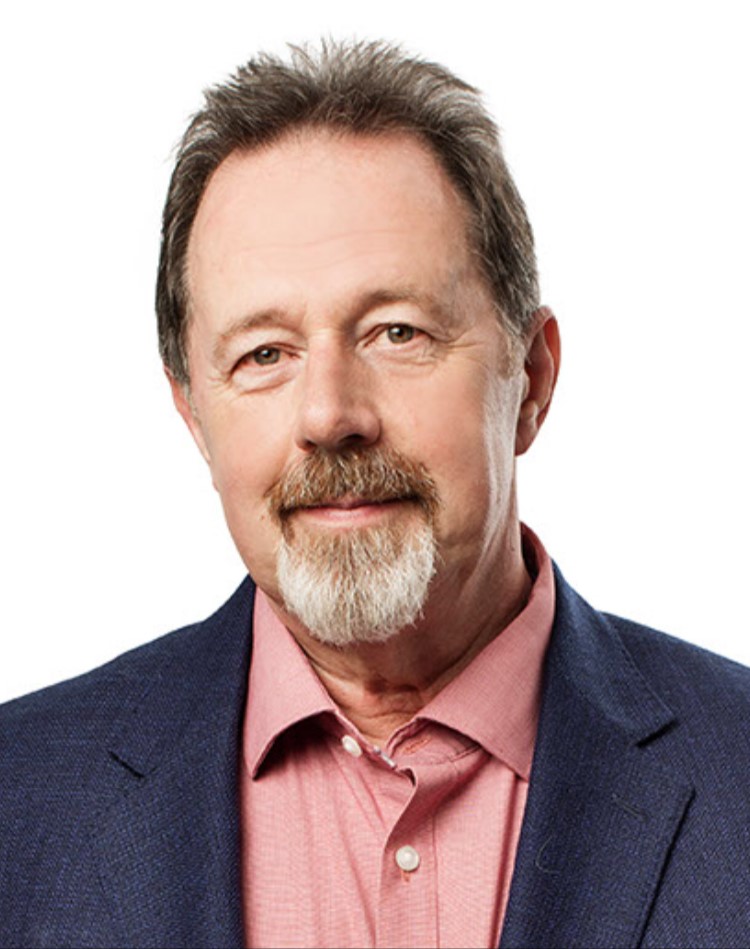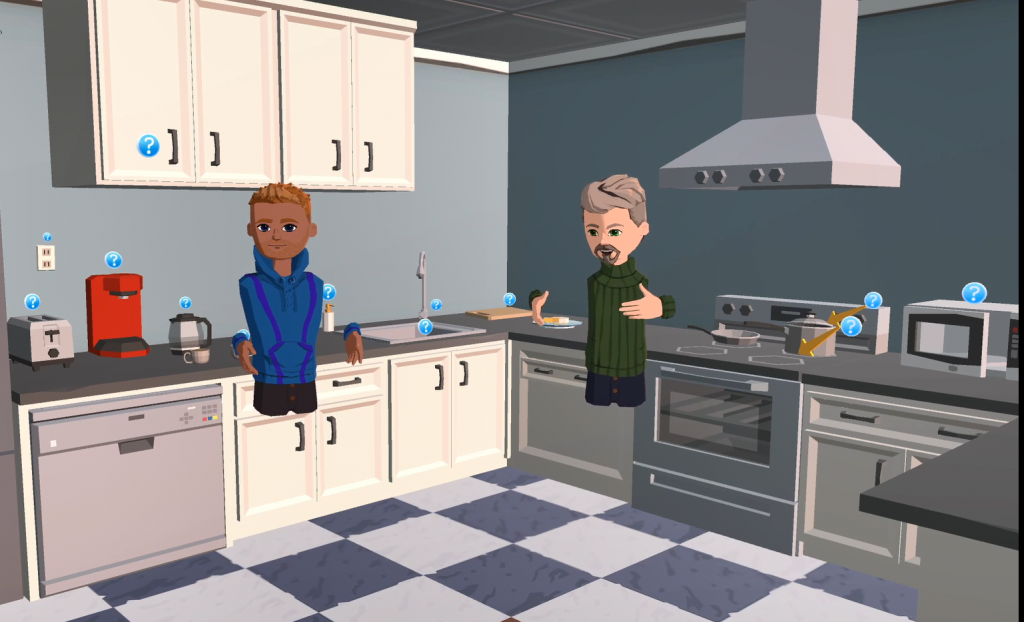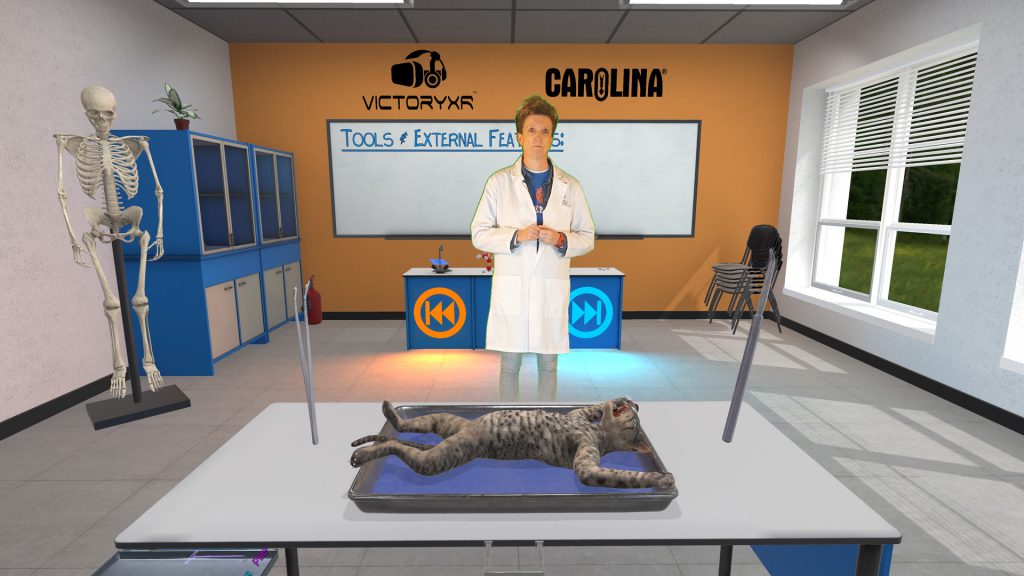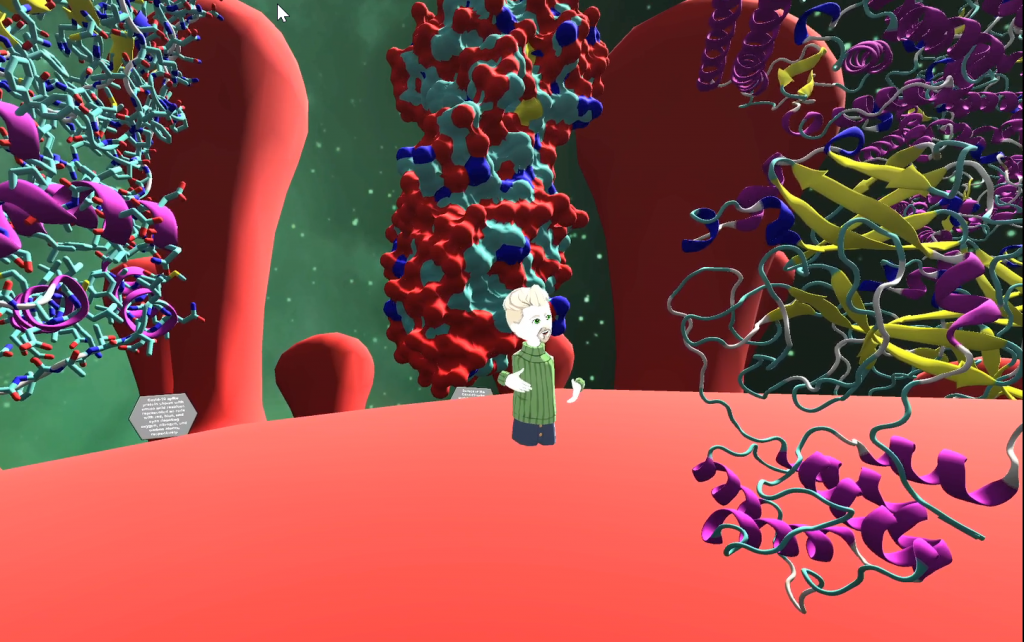People of Georgian: Virtual reality lead explores ‘cutting edge’ experiences for students
July 15, 2021
What’s your story?
The Georgian community is full of unique, inspiring perspectives —and we’re sharing them as part of an ongoing series.
People of Georgian: Meet Rob Theriault
Imagine you’re using virtual reality to study anatomy.
When you put a headset on, you look up, you look down, you look left, you look right, and you’re in an entirely different world.

You can take an organ and make it the size of a house and walk through it. Stand inside a heart’s left ventricle and look up at the mitral valve opening and closing.
It’s a whole different perspective. It’s really cool.
At Georgian, we have a number of virtual-reality pilots running in different programs at the college.
The cool thing is Georgian started these before we knew anything about COVID-19. That was remarkably forward thinking.
Rob Theriault, Immersive Technology Lead
When you go into a virtual-reality environment in avatar form, you feel a much greater sense of presence with your classmates and your teacher.
It’s the only educational technology that I’m aware of where students can actually learn in the cognitive, psychomotor and affective domains.
For example, in the affective domain, you can assume the avatar of a Person of Colour and experience racial aggression from people.
To experience it firsthand could be a far more powerful tool than having a discussion in class around racial inequality, for instance.
There are other examples of virtual-reality applications where you can experience what it’s like living on the autism spectrum, or what it’s like to live in a refugee camp.
Exploring 250 different virtual reality applications
I have about 250 different applications that I’ve been exploring.
For Indigenous Studies, students can learn and practice their Anishnaabemowin language speaking skills in a unique, immersive environment.

For Veterinary Technician, students can use virtual reality to dissect cats, pigs and fish, and study animal anatomy.

In the Biotechnology – Health program, students can use virtual reality to study life-size anatomical systems.
It could be a skeleton, the muscular system, the nervous system, or an individual organ. You can walk up to it, walk around it, take a bone off, or the teacher could disassemble it for the students to reassemble.

Anatomy is a really compelling area of study for virtual reality because we have about 5,000 students across all campuses studying it.
In our Paramedic program, there are opportunities for us to have students participate in mock mass casualty triage exercises in virtual reality.
In real life, these mock scenarios are huge productions that take about three to four months of preparation.
Georgian Paramedic students are doing pediatric assessment and resuscitation in virtual reality, and analytics will give the students and faculty at the end to tell them what was done, what was missed, what was done out of sequence.
‘I’ve spent the last year literally having the time of my life’
The cool thing is Georgian started these before we knew anything about COVID-19.
That was remarkably forward thinking. To take a leap of faith to do this is really cutting edge.
I’ve spent the last year literally having the time of my life exploring virtual and augmented reality.
Rob Theriault, Immersive Technology Lead at Georgian.
Want to share your story? Please contact socialmedia@georgiancollege.ca.